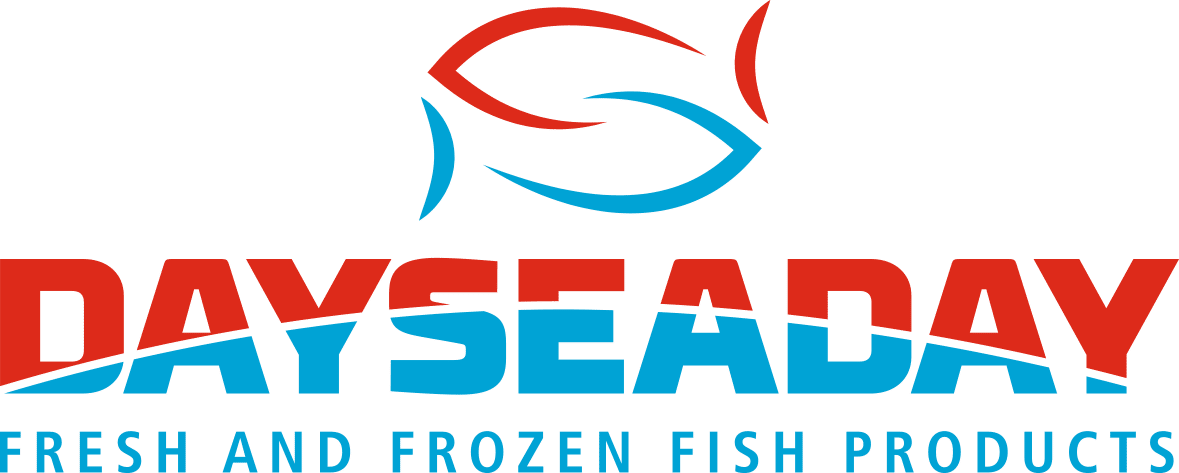TOP 5 TYPES OF FISH
SEA BASS AND GILT-HEAD BREAM

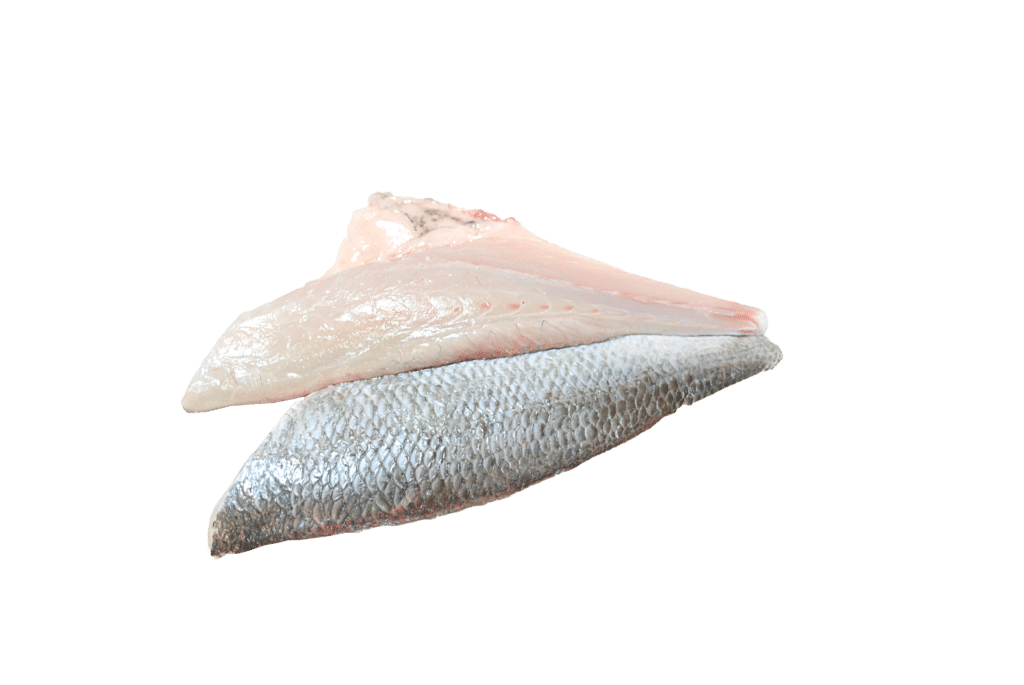
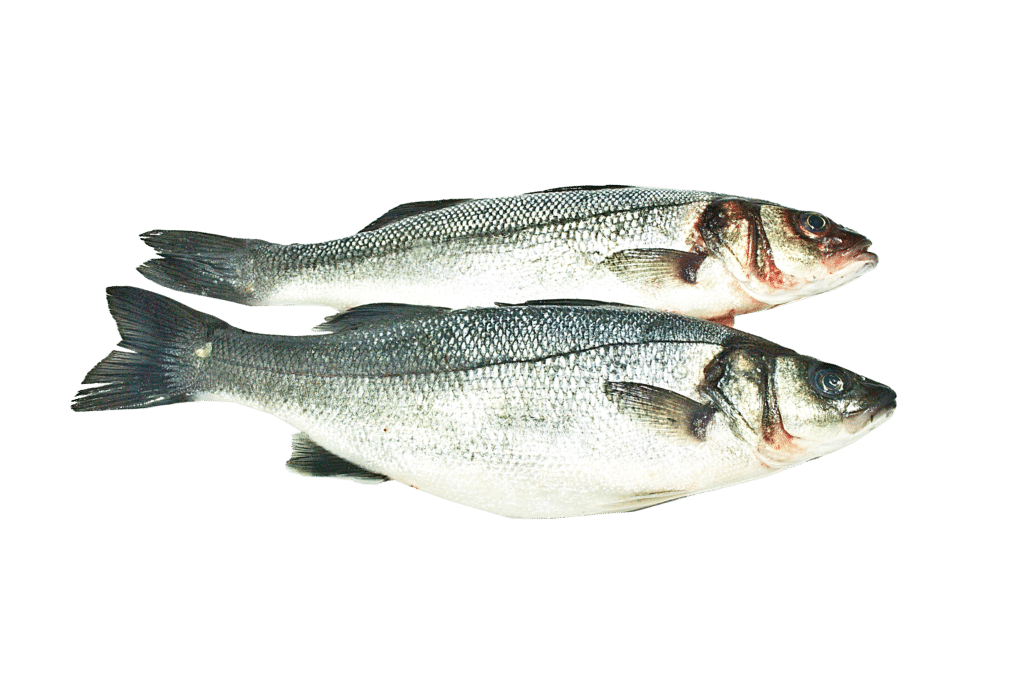
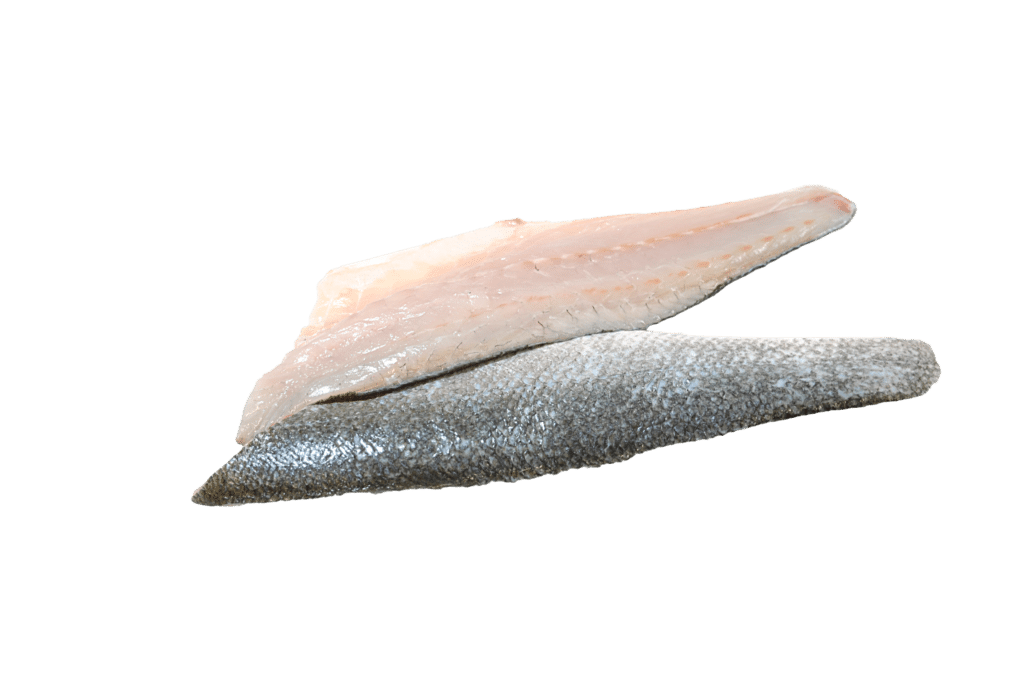
Where do sea bass and gilt-head bream come from?
Over 95% of sea bass and gilt-head bream are farmed, with Turkey and Greece being the top producers in this segment of the fish farming sector. Although Greece was the first country to start farming sea bass and gilt-head bream, the Turkish fish farms have since outgrown their Greek colleagues. Larger sea bass are also available, largely farmed in Spain and the Canary Islands. There is huge demand for farmed sea bass and gilt-head bream in the European market.
Types of sea bass and gilt-head bream
Sea bass and gilt-head bream can be found both in the wild or in fish farms. The wild fish stocks appear to be scarce, especially in the case of the gilt-head bream, and a protection programme has been put in place for wild sea bass to prevent overfishing. However, farmed sea bass and gilt-head bream are available all year round. We receive three shipments of packaged sea bass and gilt-head bream per week directly from the fish farm to Dayseaday. To ensure sustainability, we work together with ASC certified fish farms.
Preparation and gastronomy
The sea bass and the gilt-head bream have established themselves as regulars on many a restaurant menu as well as frequently gracing supermarket shelves. They are often served filleted, although whole sea bass and gilt-head bream are also highly in demand. They are easy fish to prepare, whether filleted or whole, They are easy fish to prepare, whether filleted or whole,
Sea bass and gilt-head bream are rich in nutrients and vitamins such as vitamin A, B6 and B12, phosphorous, potassium, calcium, magnesium, zinc and selenium. For product specifications and to order sea bass and gilt-head bream, view our frozen and fresh departments.
